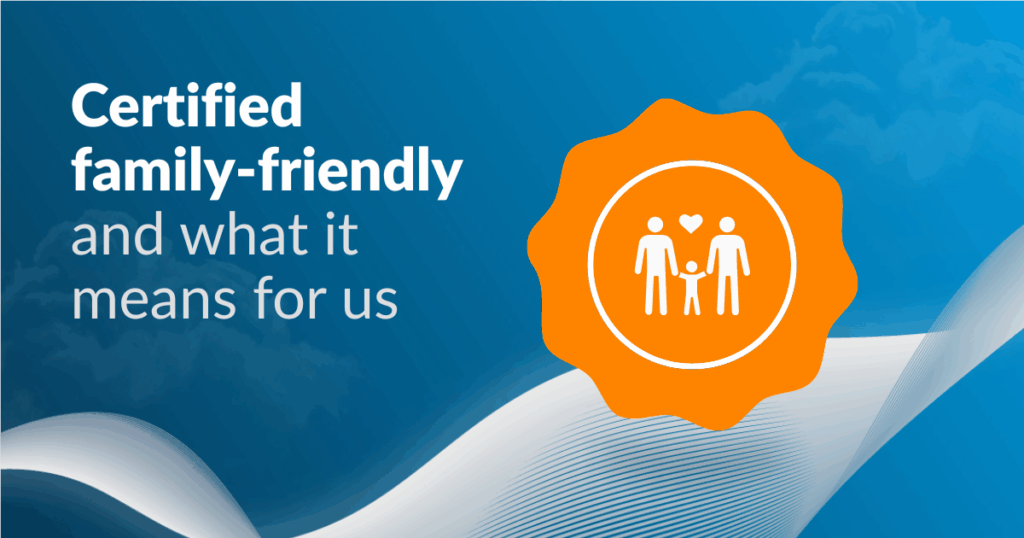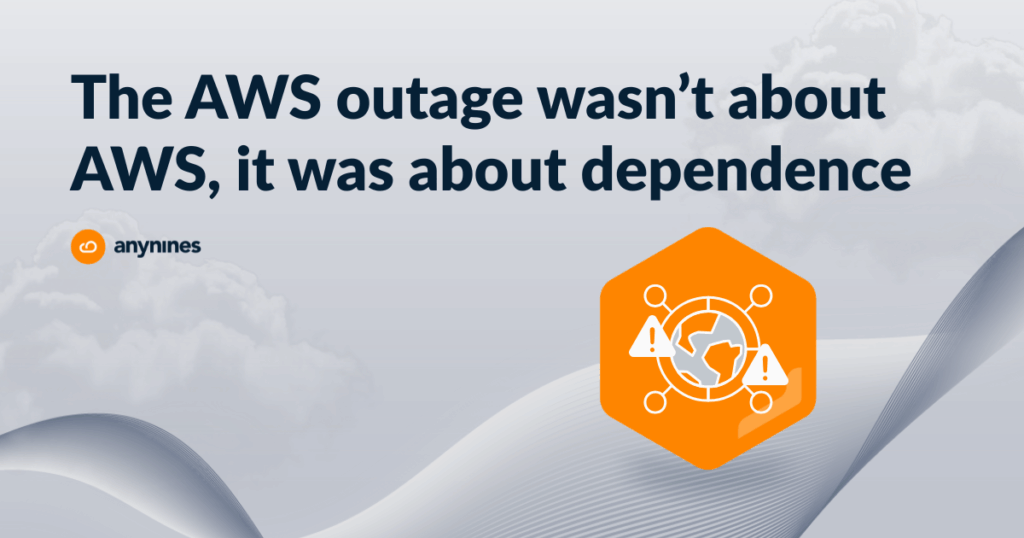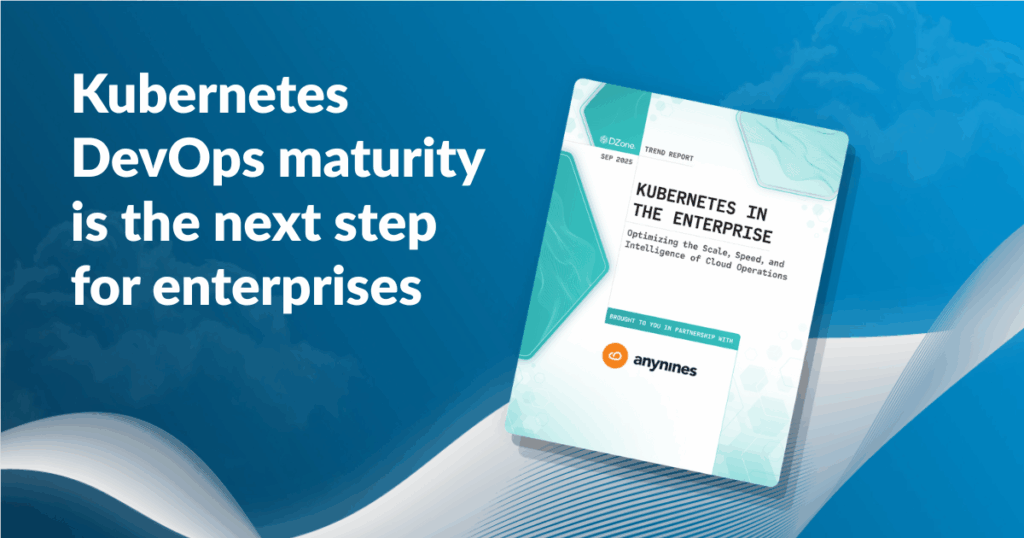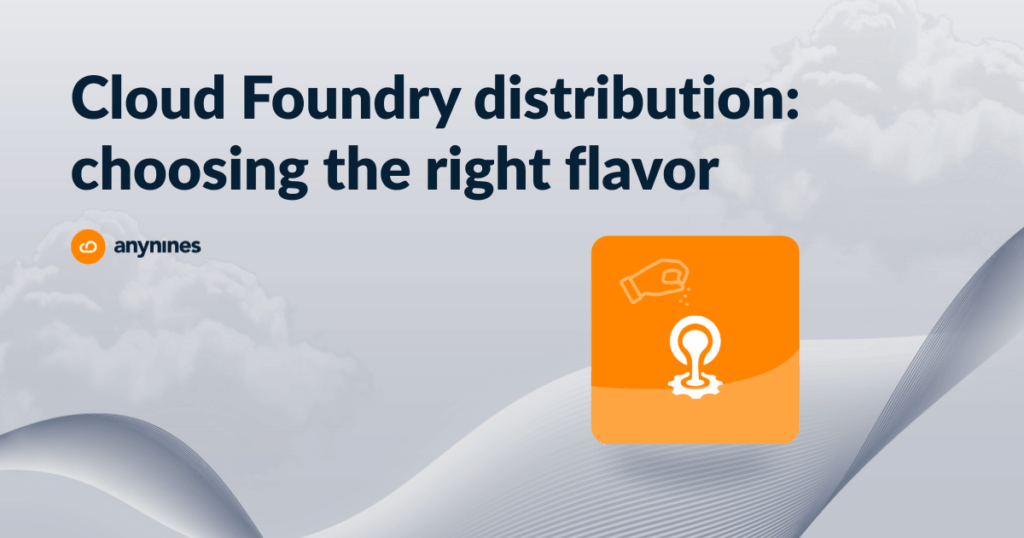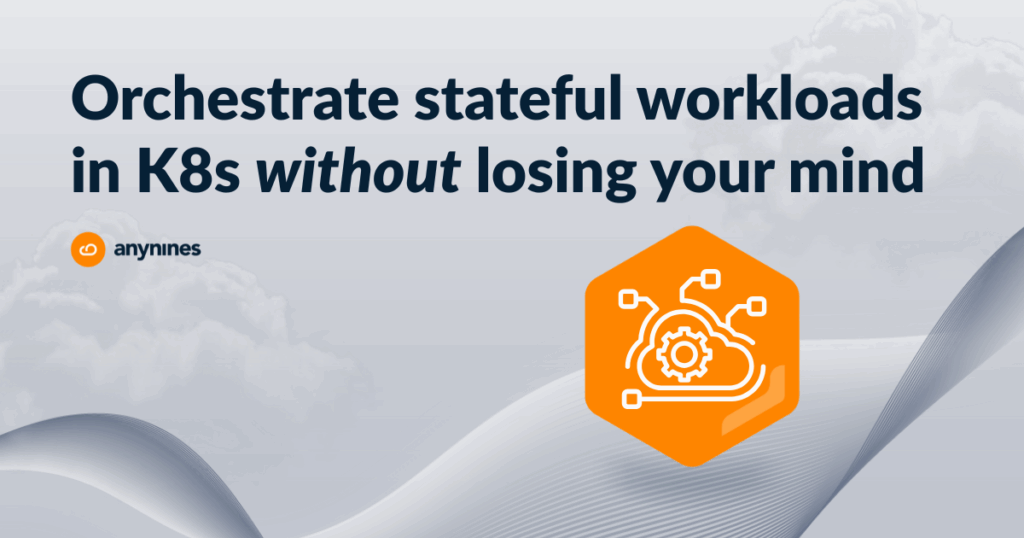Introduction
Migrating from one Cloud Foundry (CF) environment to another may be necessary for various reasons, such as switching CF distributions, changing data centers, or transitioning between IaaS providers. This guide outlines the key considerations and technical steps required to execute a successful Cloud Foundry migration.
Technical Migration Details
Migration Pattern
Most migrations follow a similar process:
- Extract object data: Retrieve CF objects (e.g., org, space, or app configurations) from the source CF using the CF API.
- Recreate objects in the target CF: Use the CF API to establish corresponding objects in the new environment.
User Migration Exception
Users require a different approach because CF only stores GUIDs referencing the User Account and Authentication (UAA) system:
- Retrieve user GUIDs from the source CF API.
- Obtain user details from the source UAA.
- Create users in the target UAA.
- Use the newly generated GUIDs to create user objects in the target CF.
Potential Pitfall: API Version Differences
Ensure compatibility between the source and target CF environments. API version differences may require reformatting extracted data before re-creation in the target CF.
Resource Mapping
To prevent duplication or misidentification of objects, a robust mapping strategy is needed:
- Identify objects in the source CF (e.g., app, space, org GUIDs).
- Locate corresponding objects in the target CF.
- Map relationships to maintain consistency.
Example Workflow for an App Configuration:
- Retrieve the space GUID for the app in the source CF.
- Fetch the corresponding org GUID and name.
- Identify the org in the target CF using the org name.
- Find the correct space in the target CF using the space name and org GUID.
- Locate the app in the target CF using the app name and space GUID.
Potential Pitfall: Local Mapping Issues
Avoid storing GUID mappings locally for reuse, as GUIDs may change. This can lead to errors, such as missing objects or incorrect updates.
Domain Changes
Both CF environments must have distinct system and app domains during migration. The target CF will likely use temporary domains until final cutover as the old environment will still be productive until then. Before transitioning:
- Update CF configurations to use the correct domains.
- Delete all internal CF certificates referencing the old domains.
- Redeploy CF to generate new certificates with updated domain mappings.
Potential Pitfall: Domain Order in CF
CF does not allow explicit ordering of app domains. Ensure domains are created in the correct order, as CF defaults to the first-created domain when no domain is specified.
Running the Migration Multiple Times
For large environments, migration should be incremental:
- Initial Migration: Performed well before cutover.
- Pre-Cutover Sync: Run just before the transition to update modified data.
- Final Migration: After API access is blocked to ensure all changes are reflected in the target CF.
Service Instance Migration
Overview
Service instance migration varies significantly depending on service type. Every service may require a distinct migration approach.
Considerations
What Data Needs to Be Migrated?
- Persistent storage (e.g., PostgreSQL, MySQL)
- Config-only services (e.g., Spring Cloud Config)
- In-memory services (e.g., Redis, RabbitMQ)
How to Access the Data?
- Database dumps for restoration
- Service broker API for configurations
- Environment variable extraction from apps
Data Consistency and Downtime
- Database dumps risk inconsistencies if traffic continues post-dump.
- Some apps may tolerate minimal inconsistency, while others require strict synchronization.
- Shutting down apps before a final dump may be necessary.
Apps Running in Parallel
- Not all apps support multi-instance operation.
- Some legacy apps must be stopped in the source CF before launching in the target CF.
Migration Approaches
Using Service Instances in Target CF from Source CF
Create a user-provided service in the source CF with connection details for the target CF instance.
Switcheroo Approach
Manipulate the broker database to swap backend services between environments.
Shutting Down Apps for Consistency
Required for databases like PostgreSQL and MariaDB to prevent inconsistencies.
No Data to Migrate
Services like RabbitMQ may not require data transfer; simply create a new instance in the target CF.
Additional Considerations
Security and Compliance
- Ensure user roles and permissions are correctly migrated to prevent security gaps.
- Validate that IAM policies and credentials are properly updated in the new environment.
- Conduct a security audit post-migration to confirm compliance with data protection policies.
Performance Testing
- Perform load testing in the target CF before cutover to identify potential performance bottlenecks.
- Compare application performance metrics between the source and target CF environments to ensure optimal performance.
CI/CD Adjustments
- Update CI/CD pipelines to deploy to the new CF environment.
- Validate that automated deployment scripts function correctly in the target CF.
Troubleshooting Common Migration Issues
- Application Errors: Debug logs and verify environment variables are correctly mapped.
- Authentication Failures: Ensure UAA configurations and user credentials are correctly migrated.
- Networking Issues: Verify routing and firewall rules allow traffic between components.
- Service Bindings Fail: Confirm service instances exist and are correctly bound to apps.
Post-Migration Monitoring
- Use logging and monitoring tools to track application health after cutover.
- Set up alerts for unexpected downtime or performance degradation.
- Conduct a review meeting with stakeholders to document lessons learned and improvement opportunities.
How anynines Can Help with Your Migration
Comprehensive Migration Services
anynines offers full-service Cloud Foundry migration to the a9s Cloud Foundry. We’re equipped to handle the complexity of transitioning between CF environments, and have been managing moves since 2008. Our managed migration services include:
- Expert-Led Migration Planning: Our team develops a tailored migration strategy based on your specific requirements and constraints.
- Seamless Execution: We handle every aspect of the migration process, from data extraction to object recreation and testing.
- Flexible Migration Options: Whether you’re transitioning between Cloud Foundry versions or migrating from VMs to Kubernetes-based installations, our experts provide structured migration paths.
Future-Proofing Your Platform
As part of our a9s Cloud Foundry services, we help bridge the gap between Cloud Foundry and Kubernetes:
- Kubernetes Transition Support: For organizations moving to Kubernetes or managing hybrid environments, we provide guidance on using Klutch, a Kubernetes-native orchestration tool.
- Hybrid Environment Management: Support for organizations using both virtual machines and containerized applications.
- Seamless Data Services Integration: Integrated migration pathway for a9s Data Services to ensure your applications maintain access to critical data.
Technical Migration Advantages
Our managed migration approach delivers several key benefits:
- Reduced Downtime: Our migration methodologies minimize service disruptions.
- Security and Compliance Focus: We ensure proper transfer of security configurations and compliance with data protection policies.
- Release Management: Automatic handling of CVE patches and OS updates during and after migration.
- Continuous Validation: Comprehensive QA and testing throughout the migration process.
Post Migration
After completing your migration, anynines continues to provide:
- 24/7 Support Options: Expert assistance if issues arise.
- Automated Management: Handling of updates, testing, and security scanning.
- Performance Optimization: Continuous monitoring and tuning to ensure optimal application performance.
Conclusion
Migrating to a new Cloud Foundry environment is a complex but manageable process with proper planning and execution. By addressing security, performance, service dependencies, and potential pitfalls, organizations can minimize disruptions and ensure a seamless transition.
anynines provides expert guidance and support throughout the migration process, offering customized solutions and automation strategies to help you achieve a successful migration with minimal downtime and risk. Our managed Cloud Foundry platform ensures a smooth, secure, and cost-effective cloud experience before, during, and after migration.
We can help streamline your Cloud Foundry migration journey today.

